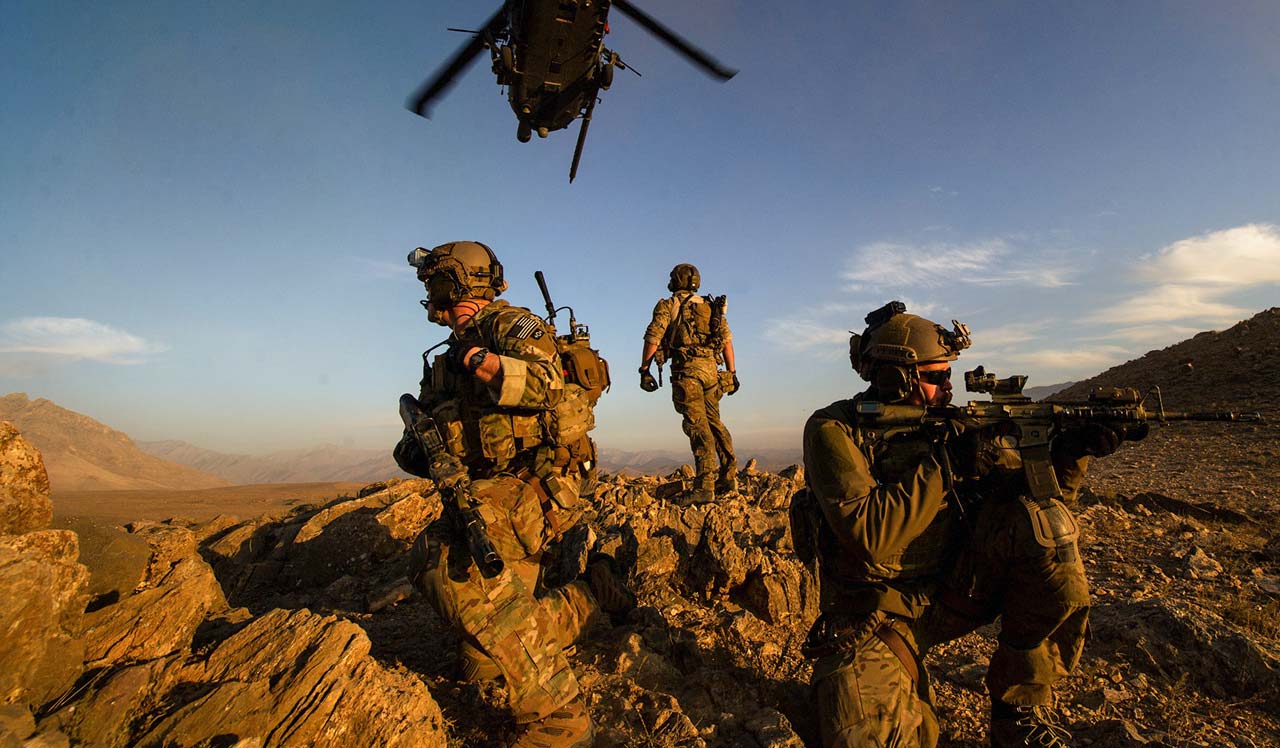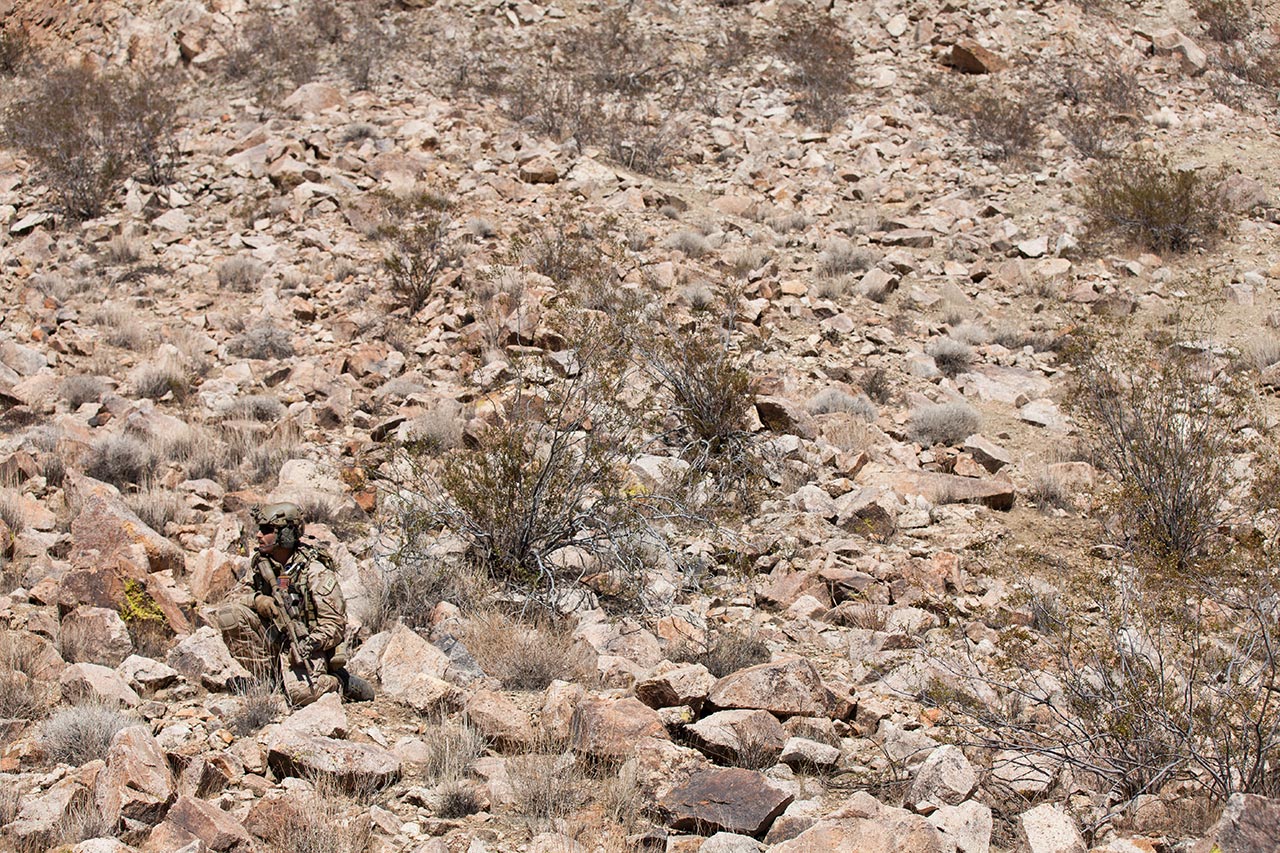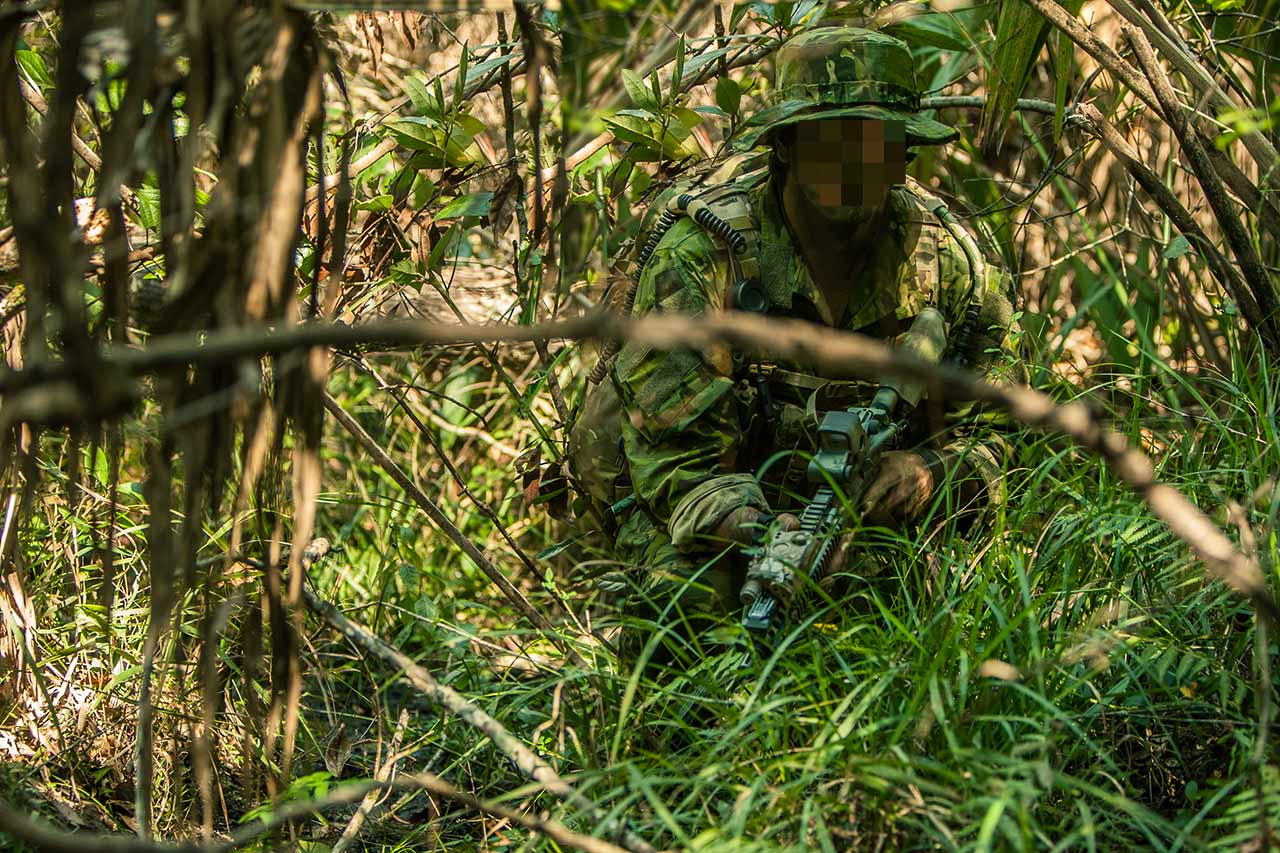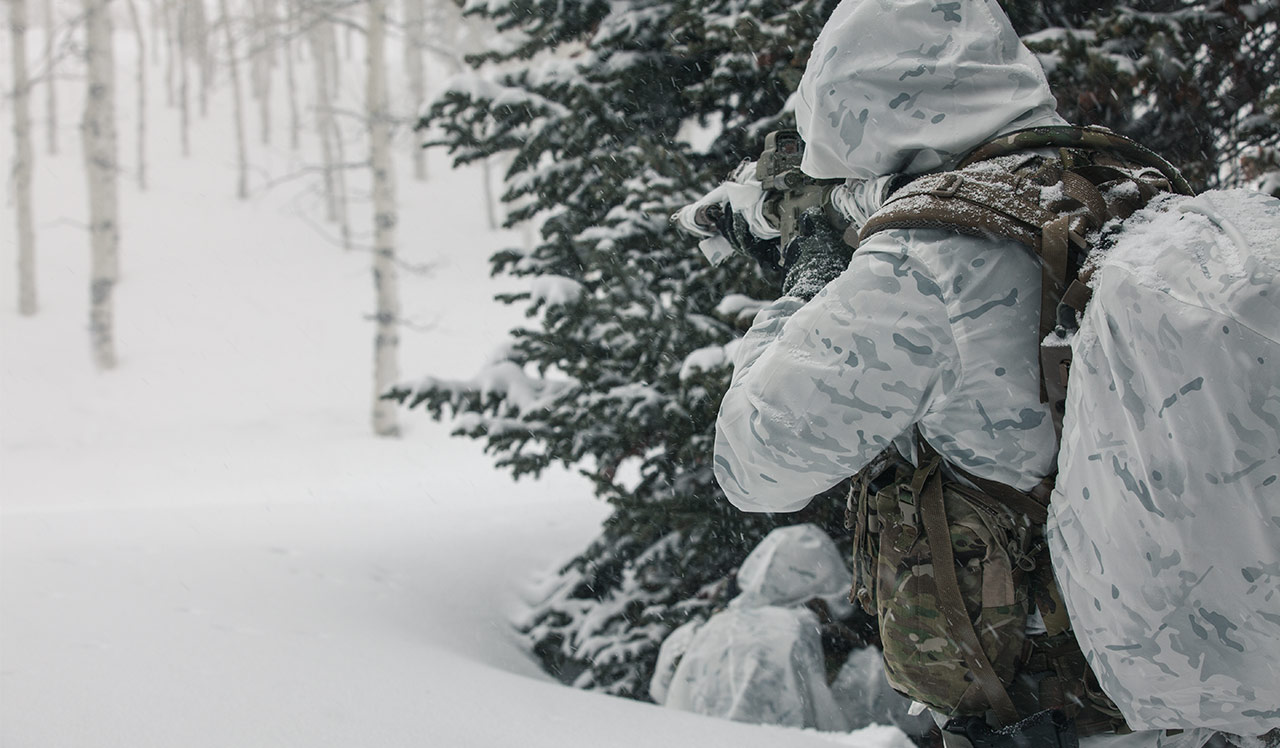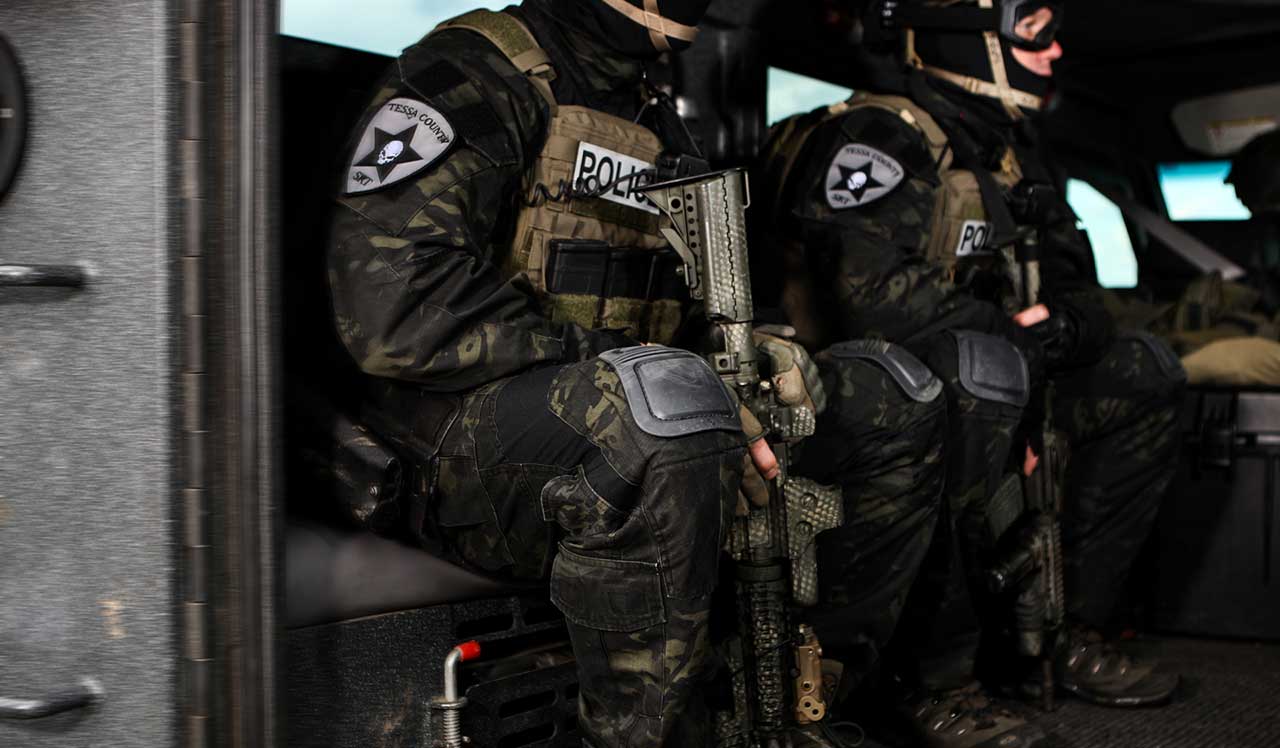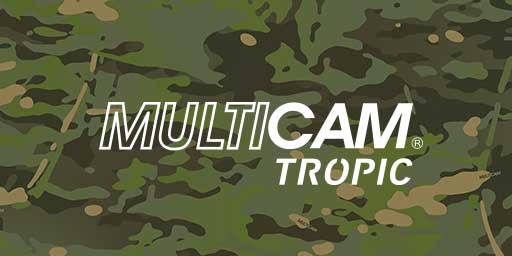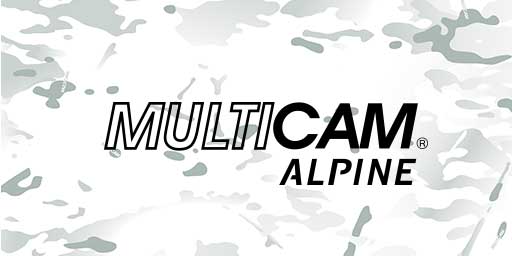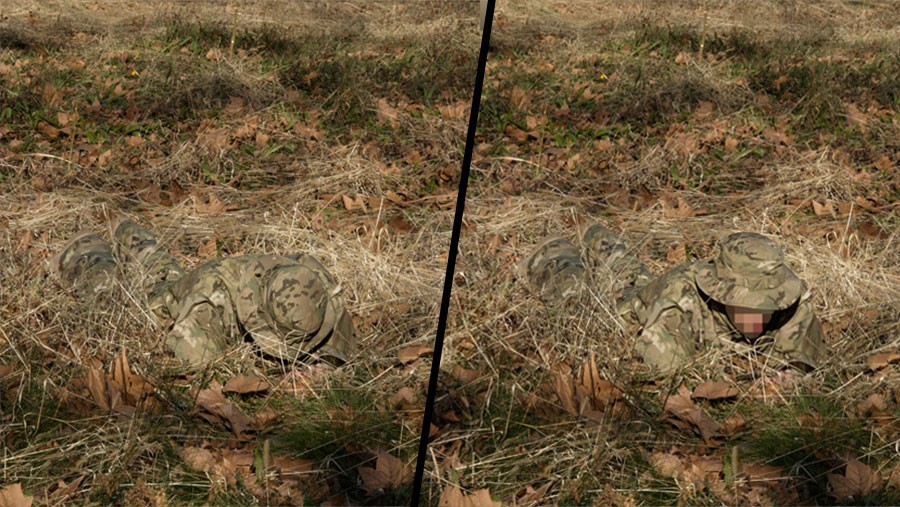THE PATTERNS
CONCEPT
The MultiCam® patterns were developed to provide maximum effectiveness across diverse operating environments with a minimum logistical burden. The patterns all have distinct roles but are designed to work together as a system to meet the needs of nearly any operating environment, all while helping the wearer do so with the least amount of kit possible.
VIEW THE PATTERNS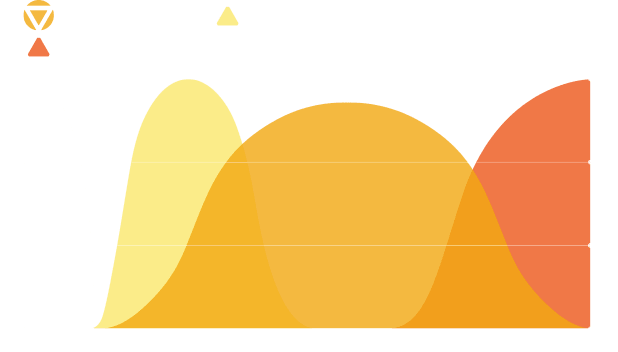
A FAMILY OF CAMOUFLAGE PATTERNS
The same user now has more system-level options. For instance, a MultiCam® chest rig can be paired with a MultiCam Tropic™ uniform for a known jungle deployment. Similarly, a MultiCam® vest and pack can be paired with a MultiCam Arid™ uniform for activity within an open sand and rock desert. MultiCam Alpine™ is best suited for any environment that encounters significant snowfall, while MultiCam Black™ is designed to offer domestic agencies a distinct and authoritative presence suited to law enforcement operations.
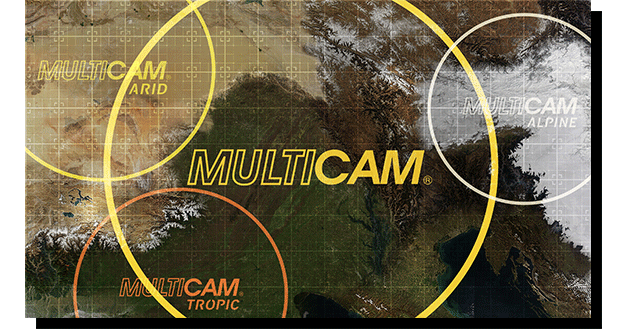
HOW IT WORKS
MultiCam® patterns take advantage of the way the human eye and brain perceive shape, volume, and color. Since only a very small portion of the human eye perceives color, the brain does a lot of “filling-in” for the eye. The unique high resolution design of MultiCam® takes advantage of this principle and helps the observer to “see” the pattern as part of the background.
The MultiCam® family of patterns rely more on a blending effect than a traditional contrast effect to disguise the wearer. This effect allows them to perform well in a wide range of environmental conditions. It also helps maintain the patterns’ effectiveness even at close ranges where low resolution patterns often stand out against the natural (non-pixelated) environment.
VIEW THE GALLERY
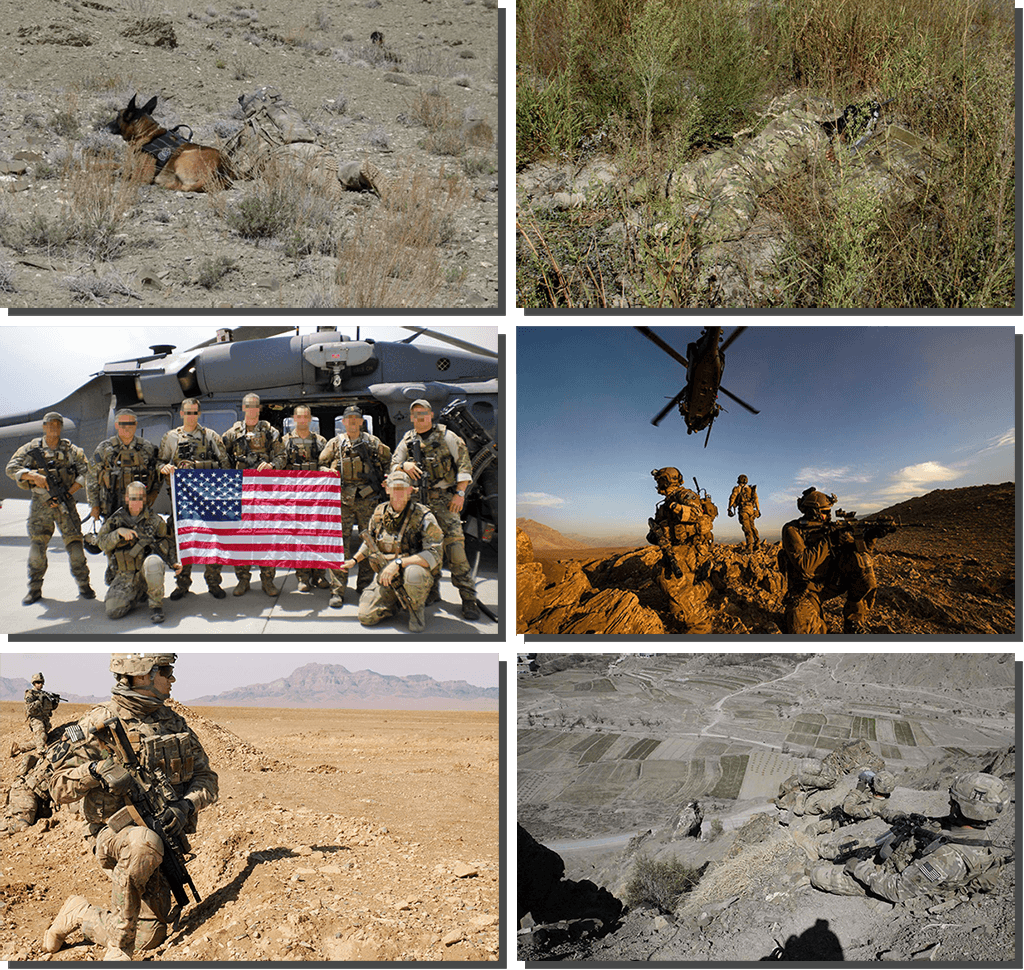
HOW MULTICAM® WAS DEVELOPED
We spent a lot of time studying how camouflage works in nature, taking into account where it is hardest to hide. We also studied which terrain elements were most common across the widest range of environments. We documented how light affects environmental features and tracked the seasonal and elevational changes in different regions.
We then factored all that together into digital composites of our observations and began testing them. We spent extensive time discussing our approach with users, factoring in their observations and concerns. Digital images where then created, encompassing everything we had learned. After printing each pattern, we field tested, tuned, and re-tested them until we achieved exactly what we were looking for.
VIEW THE PATTERNS
